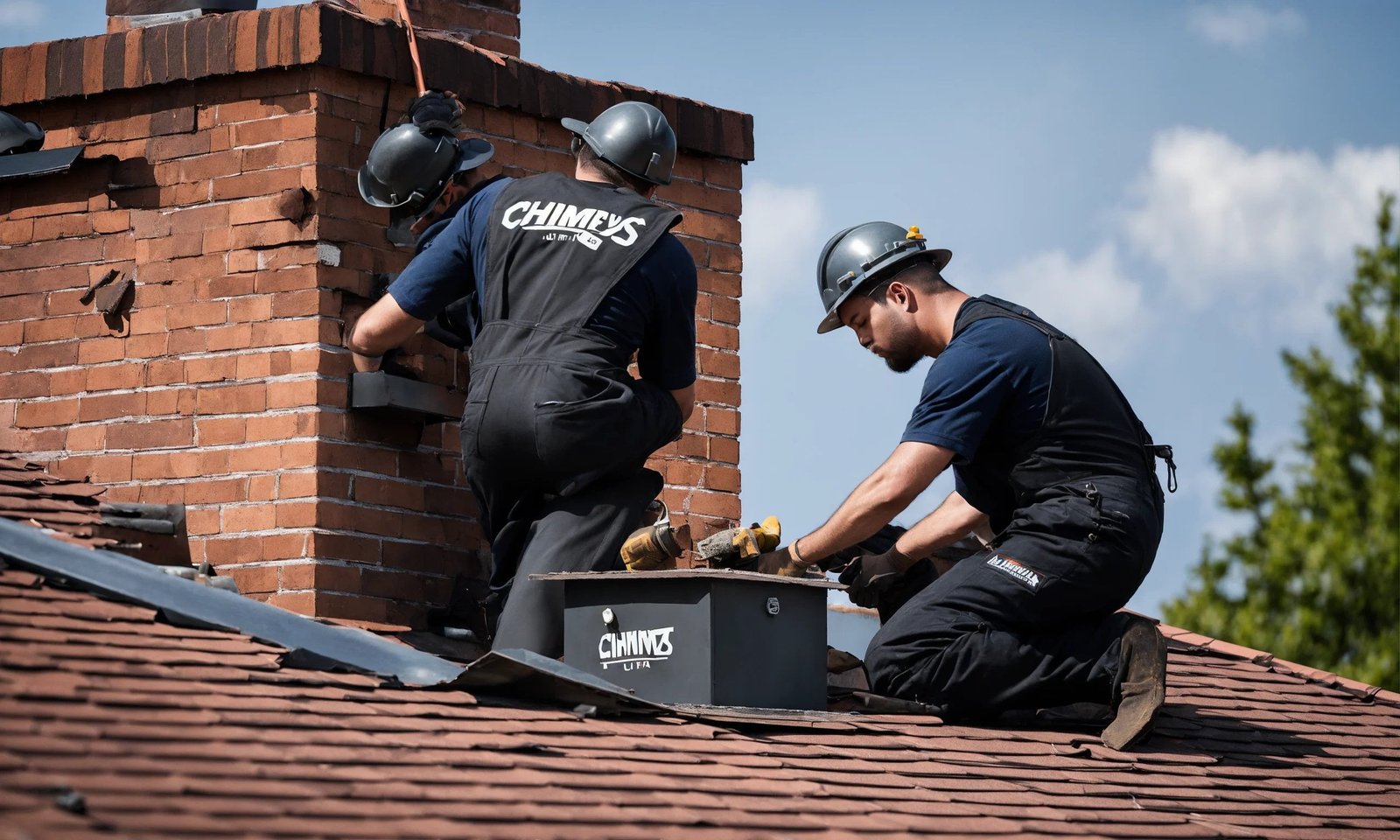Chimneys play a crucial role in the safety and efficiency of your home’s heating system. When used correctly, they help transport harmful gases and particles outside while keeping your home free from smoke and carbon monoxide. However, without the right safeguards in place, your chimney can also pose a significant risk to your safety. That’s where chimney liners come in. In this blog post, we’ll explore why chimney liners are so important for your safety, the different types of liners available, and how to identify signs of deterioration.

1. Definition and Purpose of Chimney Liners
Simply put, a chimney liner is a protective layer that lines the interior of your chimney.
Its main purpose is to shield the chimney walls from the intense heat and corrosive gasses produced by combustion.
Liners also help improve the ventilation of your chimney and prevent blockages caused by creosote buildup.
As a result, they help reduce the risk of a chimney fire, carbon monoxide poisoning, or a collapsing chimney structure.
2. Importance of a Properly Functioning Liner for Safety
Without a liner or with a damaged one, toxic gases like carbon monoxide can seep into your home or come back down the chimney.
A damaged liner can also cause serious damage to the structure of your chimney and increase the risk of fire.
In fact, having a damaged chimney liner can put you and your family in great danger since harmful gases cannot escape outside your home.
3. Types of Chimney Liners and Their Characteristics
There are three types of chimney liners: clay tiles, metal liners, and cast-in liners. Clay tiles are the most common type of chimney liner.
While they have been in use for decades and are generally cost-effective, their porous nature often necessitates replacement.
Metal liners can be made of aluminum, stainless steel, or titanium. They are more durable than clay tiles and can be used for any type of fuel source.
Cast-in liners are a newer type of liner where a concrete-like material is poured into the chimney cavity. They are the most durable and are often used in high-heat applications.
4. Signs of a Damaged or Deteriorating Liner
If you notice any of the following signs, it may be time to replace your chimney liner:
- Deterioration, cracking or flaking of tiles
- Discoloration or staining on the exterior of your chimney
- Excess creosote buildup
- Water damage or moisture in your chimney
5. Hiring a Professional to Install or Replace a Chimney Liner
Installing or replacing a chimney liner is a complex process that should always be done by a professional.
An experienced chimney technician will be able to assess your existing liner, identify issues, and recommend the best type of liner for your home and heating system.
They’ll also be able to install the liner safely and make sure it is functioning properly before leaving.
Conclusion
A properly functioning chimney liner is essential to ensure your home’s safety when using your heating system.
Without one or with a damaged one, harmful gases and particles can enter your home, putting you and your family at risk of carbon monoxide poisoning, fires, and other serious health hazards.
Be sure to hire a professional to assess, install, or replace a chimney liner to ensure the job is done safely and efficiently.
Remember, preventing a chimney disaster starts with routine inspections and maintenance!



